Explore the Power of Machine Learning in Apps With Real World Cases and Examples

Have you ever wondered why Spotify gives you an eclectic on the Discover Weekly playlist that makes your heart skip a beat?
You may be browsing products on Amazon, and you realize that the products on your screen are actually the ones you need this week.
That’s because these tech companies use machine learning to give users stellar personalized recommendations.
Machine learning isn’t going anywhere. It will be a staple in business. In fact, 76% of surveyed companies prioritize AI and machine learning over other IT initiatives, according to Algorithmia’s 2021 annual survey.
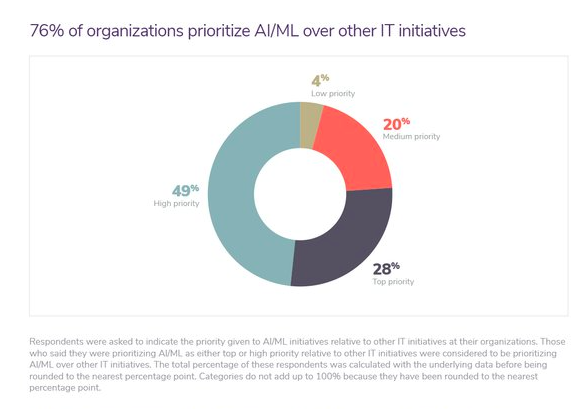
Source: Algorithmia
Given that there are limitless possibilities you can do with machine learning, the question is: how do you add breadth and depth to a mobile app user experience?
Are you eager for your app to be more autonomous and interactive?
In this article, we’ll explore what machine learning is all about, why it’s so valuable to businesses creating apps, and offer real-world cases of how it has been successfully applied in the market.
Why use machine learning in apps
Let’s set the fundamentals first by defining machine learning.
💡 Machine learning is a type of artificial intelligence that gives computer systems the ability to learn from data. Instead of being explicitly programmed to perform certain tasks, a machine learning algorithm is trained on a large dataset and learns to identify patterns and make predictions by itself.
Why is it important to use machine learning in apps? By being customer-centric in your approach regarding user experience (UX) and user interface (UI), you can:
- 📣 Increase customer satisfaction and loyalty – The invaluable insight from machine learning empowers you to provide highly customized products and services that precisely cater to your customer’s preferences. According to a study by Accenture, 91% of consumers are more likely to shop with brands that recognize, remember, and provide relevant offers and recommendations.
- 📣 Fast response time and improved efficiency – Machine learning can automate simple tasks, such as answering frequently asked questions and freeing customer service representatives to handle more complex issues.
- 📣 Better decision-making – Machine learning in apps can help you collect and analyze vast amounts of data about your customers’ wants, needs, and purchasing behavior on your mobile app user acquisition strategy.
💡 Speaking of customer data, you could also read our articles on app analytic tools and the various types of app analytics to delve deeper into these related concepts.
Types of machine learning in Android and iOS apps
Now that you have seen the importance of machine learning in different applications, here’s how to use machine learning in Android and iOS using these three main types: supervised, unsupervised, and reinforcement.
🤖 Supervised machine learning
Supervised machine learning involves training an app with labeled data sets. This means that developers provide the app with examples of what the desired output should be, and the app uses those examples to learn how to perform the task on its own.
For example, a supervised learning app could be trained to recognize faces by being fed various images and told which ones contain faces and which ones do not.
🤖 Unsupervised machine learning
Unsupervised machine learning is the opposite. Developers do not provide labeled data sets for the app to reference. Instead, the app must identify patterns and information on its own.
This makes it more difficult to use but also more versatile and adaptable. For example, an unsupervised learning app could be used to analyze large sets of customer data to find common traits and patterns.
🤖 Reinforcement learning
Reinforcement machine learning involves rewarding the app for making the correct choices.
The reinforcement machine learning algorithm is similar to how animals or humans are trained – by providing positive reinforcement when they do something correctly.
For example, a reinforcement learning app could be used to teach a game-playing AI how to win a game by rewarding it for making good moves.
Regardless of the type of machine learning used, incorporating it into Android apps and iOS apps can be incredibly valuable.
Harnessing the power of machine learning doesn’t end here. With real-life examples of how it’s being used in image or speech recognition, you’ll broaden your perspective on integrating it into your products – specifically, applications.
5 Best examples of machine learning in apps
When it comes to incorporating machine learning into app features, a handful of approaches below have proven successful – from e-commerce and travel to entertainment, you’ll find inspiration and a light bulb moment.
1. Product recommendations in an e-commerce business
Product recommendations are a powerful way to improve the customer experience in an e-commerce app. An app can analyze customer behavior and identify patterns through machine learning algorithms, making it possible to suggest products most likely to interest them.
For instance, collaborative filtering, an algorithm often used in e-commerce, recommends products to users based on their purchases and browsing history.
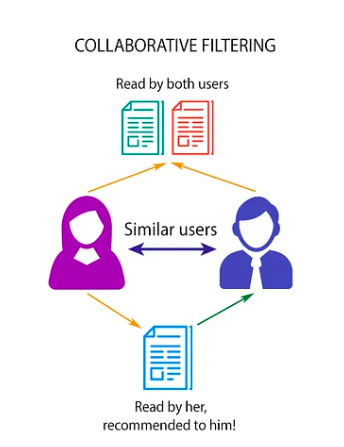
Source: Towards Data Science
Interestingly, since the companies are already armed with the right data according to their shoppers’ liking, they can easily send personalized recommendations on email campaigns.
Let’s take a look at how Australian e-commerce pioneer MyDeal is doing it. If its shoppers’ browsing habits are related to home improvement, particularly in the bedroom, they will likely receive newsletters related to items like beddings and pillowcases.

What can we learn from this example? With machine learning, MyDeal can generate a list of recommended products unique to each user. This feature helps users find products they actually want or need, increasing their satisfaction with using the mobile app and shopping more.
📲 If you want to learn how this company started, you can read MyDeal’s case study on how they built their mobile app with us and generated zero to 111% gross sales.
2. Data mining and analysis in sports betting
Machine learning is revolutionizing the world of sports betting. From predicting the outcomes of games to identifying talented up-and-coming athletes, machine learning enables sports enthusiasts to make informed decisions more accurately.
One type of algorithm used in sports betting is the decision tree algorithm. Essentially, this algorithm breaks down a complex problem into a series of smaller, easier-to-solve sub-problems – like how a wide tree trunk narrows into multiple branches.
Here’s a simplified illustration of this algorithmic principle in football game betting.
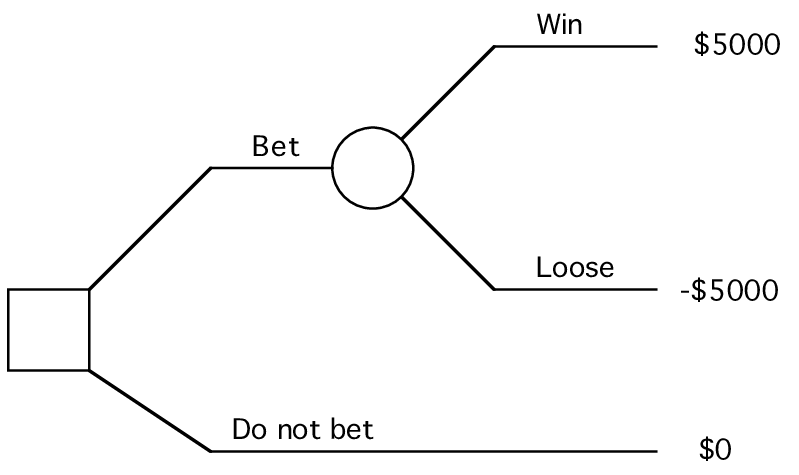
Source: Research Gate
By analyzing data from past games, the algorithm generates a decision tree that can predict the outcome of future games based on various factors such as weather conditions, player performance, team history, and much more.
So, how does this happen in the real world? Well, PointsBet, an Australian sports betting company, understands the power of machine learning.
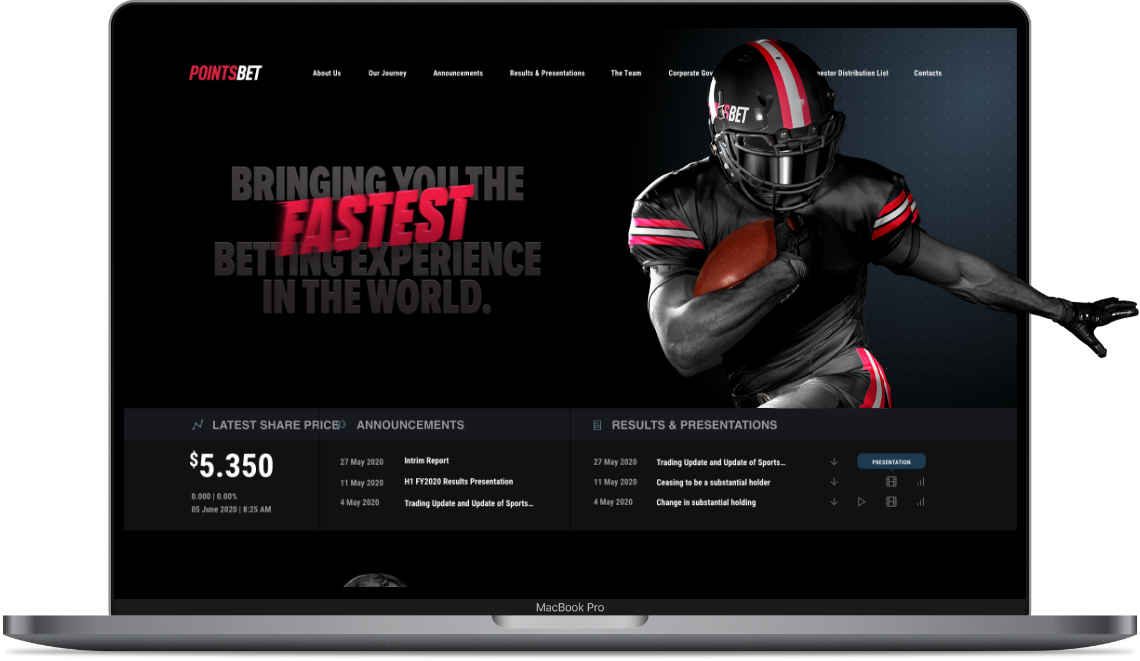
By acquiring an Ireland-based company Banach Technologies, whose expertise is on cutting-edge sports betting platforms and advanced algorithms for in-play wagers, they can provide nearly and almost accurate information to sports betters.
Indeed, machine learning can help companies uncover patterns, insights, and opportunities that would be nearly impossible to detect using traditional methods.
Check out how we helped PointsBet scale and expand its operations to the United States and Canada.
📲 Appetiser has been part of their journey in market expansion. Thus we were able to speed up their business growth through digital assets like a blog page and investor relations page.
3. Writing tone suggestions in content creation
Sentiment analysis is a powerful tool for automatically determining the emotional tone hidden within a text. It is a method of extracting subjective information from the text and categorizing it into positive, negative, or neutral.
In analyzing texts, sentiment analysis algorithms rely on natural language processing (NLP) techniques to identify and extract language features, such as words, phrases, and grammatical structures.
Here’s a diagram of what’s inside the hood of this algorithm and how it processes data.
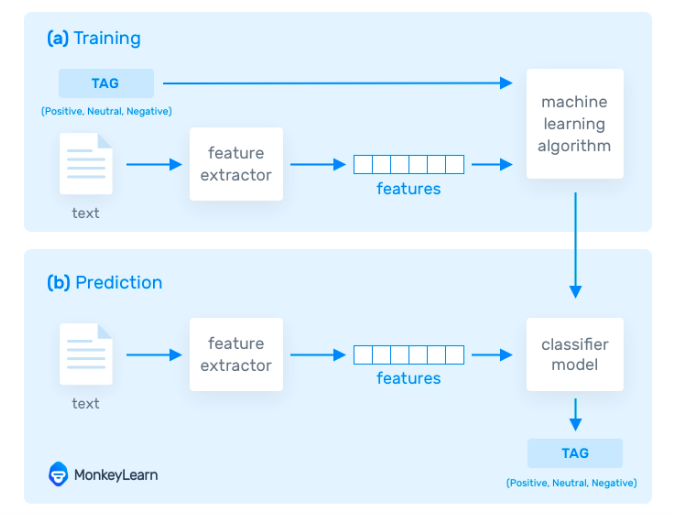
Source: MonkeyLearn
A prime example of how sentiment analysis is used in the real world, is the popular writing and editing tool Grammarly. It uses this technique to assist users in improving their writing by providing suggestions for word selection and tone based on the detected sentiment in the text.
For instance, if a user’s text was detected as conveying negative sentiment, Grammarly would suggest rephrasing the text to convey a more positive tone. This is achieved by using a vast database of words and phrases that have been annotated based on their emotional tone and sentiment.
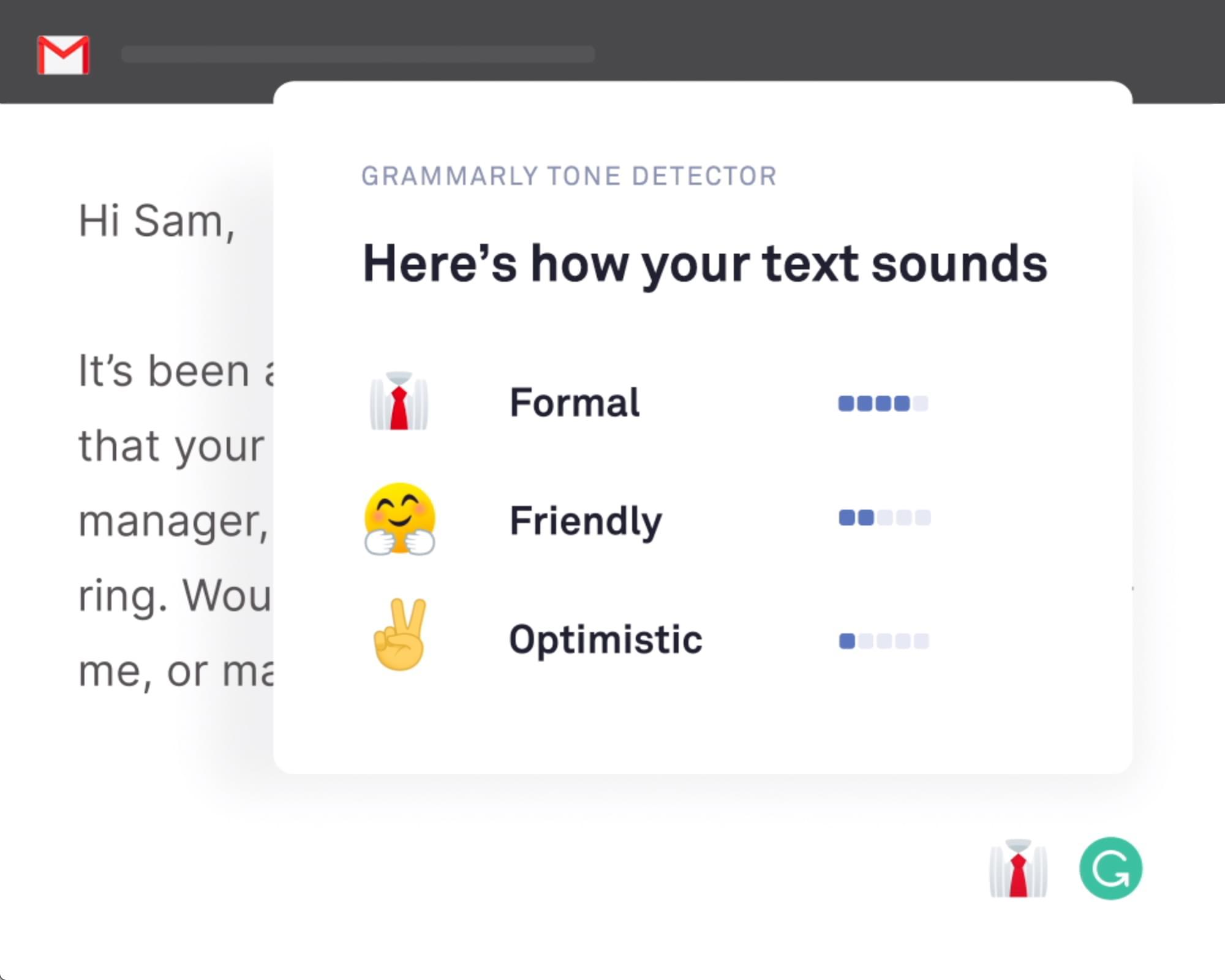
Source: GitHub
Machine learning is far from detecting human emotions unless you feed it with data. But sentiment analysis can suggest appropriate words and phrases when communicating with others in the proper context. Indeed, it has a writing assistant that gives you the same benefit as hiring a writing assistant without actually employing one physically.
4. Personalized recommendations in entertainment
Natural Language Processing (NLP) is an essential field of Artificial Intelligence (AI) that empowers machines to understand, interpret, and develop human-like language effortlessly. It can leverage reinforcement learning with human feedback to continuously improve its performance. In simpler terms, NLP enables computers to grasp and interact with texts and speech naturally and intuitively.
Spotify, the popular music streaming service, uses NLP to personalize recommendations. By analyzing the text within a user’s playlist titles, descriptions, and reviews, Spotify’s algorithms can better understand the user’s preferences, tastes, and moods.

Source: Spotify
For example, if a user’s playlist is titled “Chill Vibes for a Rainy Day,” Spotify’s NLP engine would scan the text and identify the user’s preference for relaxed, ambient music on a cold day. Based on this analysis, Spotify recommends similar songs and playlists that match the user’s mood and musical interests.
💡 This shows that NLP has become an essential tool for digital platforms that rely on user interactions and personalization – in Spotify’s case, delivering personalized recommendations according to your mood today.
5. Image recognition in social media channels
Image recognition technology allows computers to identify objects, people, patterns, and other visual elements in images.
Facebook uses image recognition called the DeepFace algorithm. It has been used for face-tagging on Facebook, but it only reveals the identities of the user’s “friends.”
The social media giant’s researchers devised their own 3-D modeling technology to identify a user’s face. The image below demonstrates how this technology works.
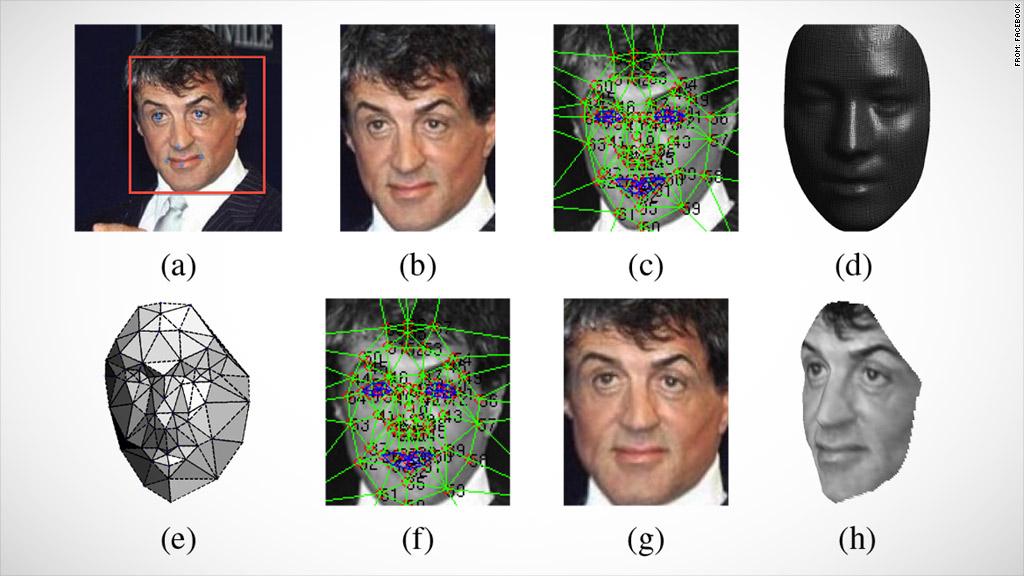
Source: CNN
With its facial recognition feature, Facebook automatically suggests which friends are in a photo by detecting their faces. This feature saves time and helps users better connect with their friends, especially when dealing with large albums or group photos.
This type of technology not only enhances the user experience when using the app but also improves search and personalization features. You don’t have to ask your Facebook friend for a copy of your photo: once it’s uploaded, Facebook can recognize you on your friend’s album, and immediately you’ll receive a notification that you are tagged.
💡 By allowing apps to learn and make decisions independently, you can create smarter, more efficient, and more user-friendly software.
Make apps that don’t just look good, but smarter
Creating an app that looks amazing isn’t enough anymore. You need to go above and beyond and imbue it with intelligence. This is where machine learning app development comes in, providing developers with valuable tools they can use to make their apps smarter, faster, and better.
Now is the time to think smarter when partnering with an app development company – and Appetiser has already proven itself as a leader in custom app development and design.
With over $100 million in app revenue and over 11 million users who have tried and tested our apps, we’re your go-to choice to ensure your dream app, no matter how complex, is executed with utter precision.
With Appetiser, you can be confident that you are working with the best in the business. Work with developers and designers who are skilled in creating apps that are not just visually stunning but also highly functional.
Contact us today and see for yourself how Appetiser can flesh out that vision into an app that your target audience will love.

Maria Krisette Lim is a Content Marketing Specialist with 14 years of experience producing web and print ad content. Krisette has a BSBA degree, major in Business Management and Entrepreneurship. When she’s not tinkering with words and punctuation, she’s either curled up with a book while sipping hot tea, playing with her toddler, or tinkering with website builders.


